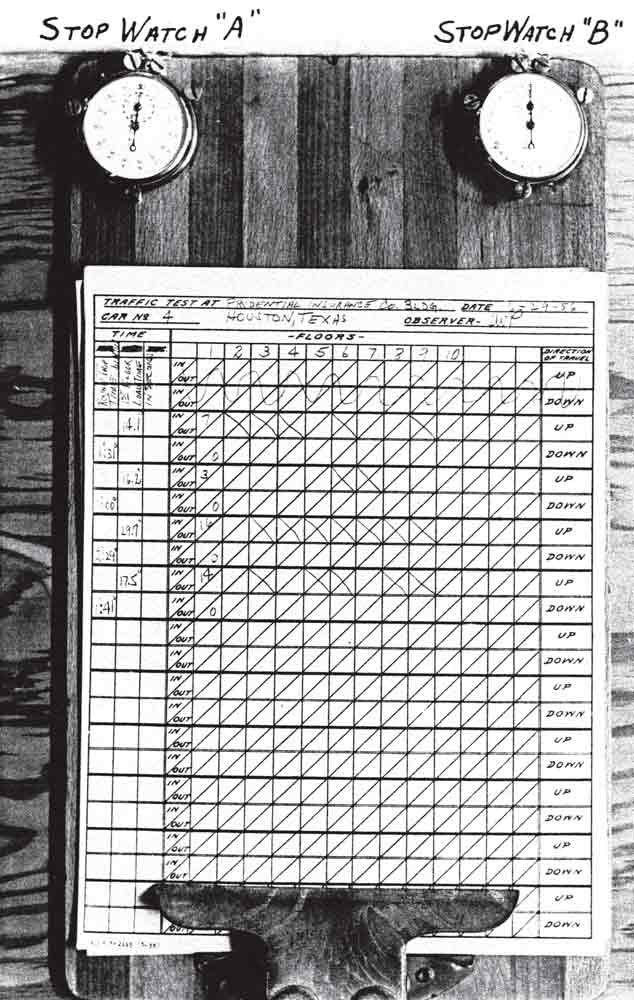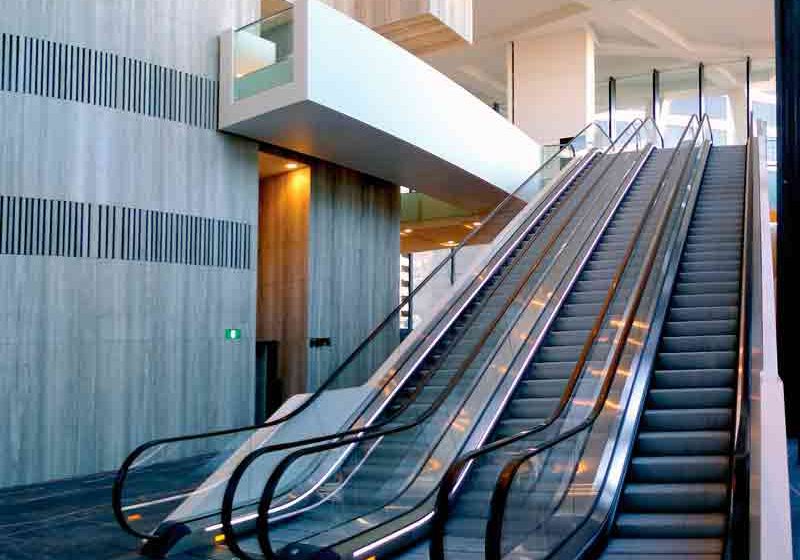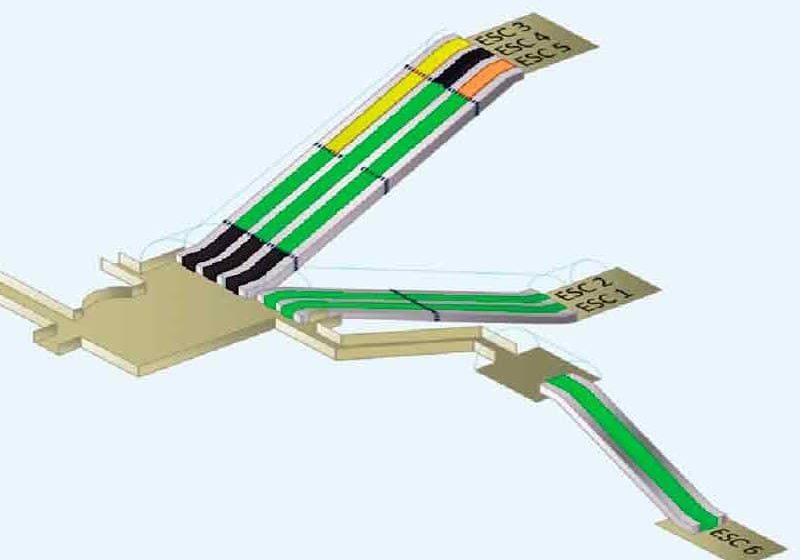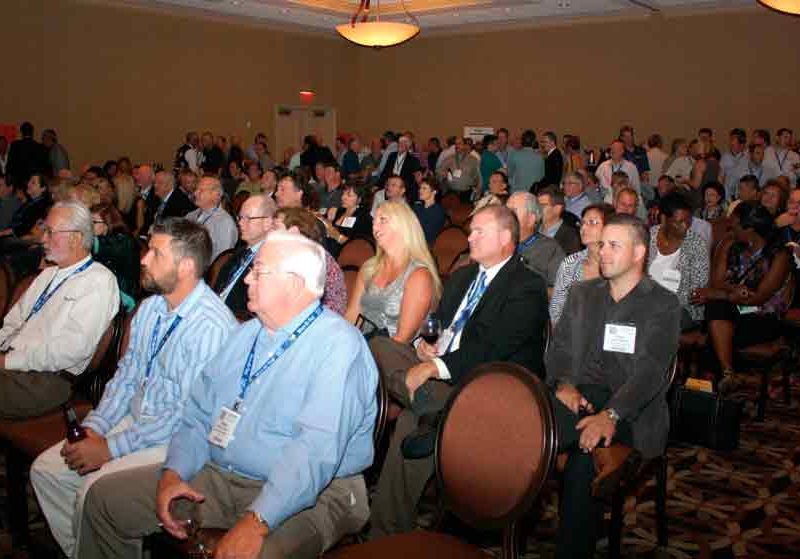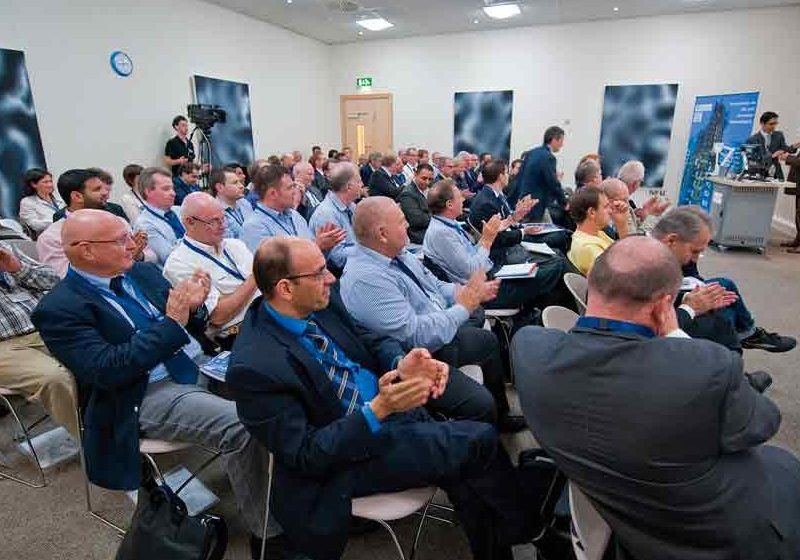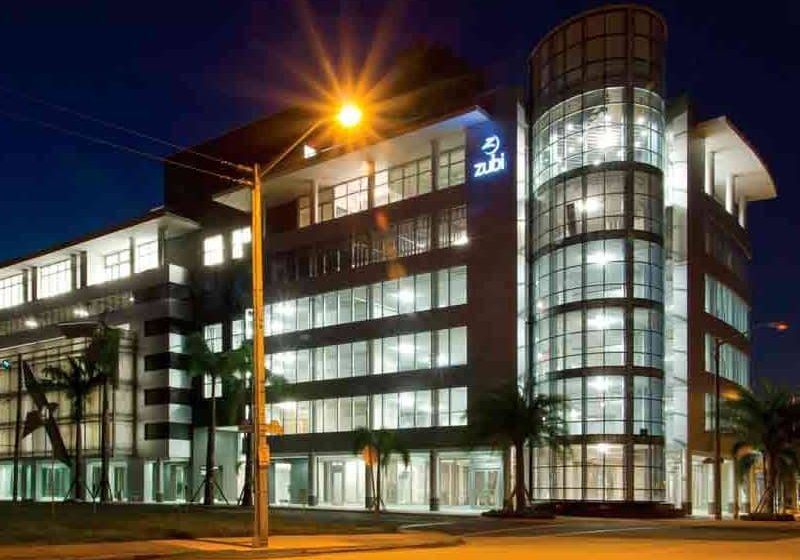“Elevator Passenger Transfer Time Study” (1957)
Dec 1, 2012

The thesis of John W. Persohn, which focused on upper-floor passenger transfer time, is examined.
The 1950s witnessed the critical shift from attendant-operated to fully automatic, or operator-less, elevators. The introduction of these new elevator systems required passengers to change their behavior as they moved from being passive to active participants in the elevator’s operation. This resulted in a discernible shift in passenger usage patterns, which also necessitated changes in industry practices. Evidence of this dynamic process is found in a master’s thesis completed in 1957, the topic of which was generated in direct response to industry needs associated with the increasing production and use of operator-less elevators.
In 1957, John W. Persohn (1920-2001) completed his thesis, “Elevator Passenger Transfer Time Study,” at Oklahoma State University and graduated with an MS in Industrial Engineering and Management. Persohn had previously earned a BS in Electrical Engineering at Texas A&M University, graduating in 1942. He served in the U.S. Army Signal Corps during World War II and, in 1946, moved to Houston and began his career with Otis. In 1951, he left Otis and Houston for Stillwater, Oklahoma, and Oklahoma State, where he began his graduate studies and teaching career: Persohn was also appointed an assistant professor of Military Science and Tactics. He left the university in 1955 to return to Houston, where he resumed his career with Otis and completed his graduate thesis.
A thesis topic is typically identified by a graduate student in consultation with his academic advisor. However, in Persohn’s case, he sought the advice of his employer. In January 1952, he contacted William W. Bruns (1901-1965), head of Otis’ R&D Department, seeking “his advice for a thesis subject that would be useful to the elevator industry.” Bruns consulted with Otis Chief Engineer Arthur W. Paulson, who, in turn, spoke with his assistant Gavin Watson. The trio suggested that Persohn pursue “a study of elevator passenger transfer time” because “little actual field information was available on this subject for the new automatic type of elevators in office buildings.” Following their advice, he decided to design “a system of data taking. . . that would be useful in calculating expected performance of automatic elevators.” The reasons why Persohn delayed the completion of his thesis until 1957 are unknown; however, his return to Houston gave him the perfect opportunity to test the methodology he had developed at Oklahoma State.
Persohn’s “test building” for his thesis was the Southwestern Home Office Building of Prudential Insurance Co., designed by Kenneth Franzheim (1890–1959) and completed in 1952. The building was a distinctly modernist addition to Houston’s skyline composed of a 21-story slab-like tower rising out of a 10-story base. Persohn focused his attention on a section of this base served by four elevators arranged in two facing banks located in an alcove/lobby, which opened onto a main corridor. Each elevator had a capacity of 4000 lb. (26 passengers) and maximum speed of 800 fpm. He described the elevators as having a “good architectural arrangement” that, due to the small elevator lobby, “negated the possibility of passenger preference in choice of elevators.” His study focused on peak morning traffic, which occurred between 8 and 8:15 – at Prudential, the workday started at 8:15, and the company offered an incentive of bonus vacation time to employees who consistently reported to work on time.
Persohn articulated the intellectual context of his thesis in the language and theories of the 1950s. He stated:
“The number of elevators required to effectively accommodate the peak passenger traffic demand (usually when the building occupants arrive for work) is related to the traffic-handling capacity of one elevator, which is inversely proportional to the round-trip time (RTT) of one elevator.”
Persohn defined RTT as the sum of the time associated with “mechanical elements (running and door operation)” and the “variable elements. . . of passenger transfer time.” He also claimed that, “because of the characteristics of human behavior,” the latter typically equaled 30-50% of the total RTT. Given the importance of passenger transfer time in determining RTT, Persohn sought to develop a system of data taking that would allow him to use the “RTT to determine passenger transfer time at upper floors.” He also sought to develop a method of observation he hoped would eliminate “human and mechanical variables in passenger reaction to the observer.”
Persohn further defined the total RTT as the sum of the following factors:
“1.) main floor passenger transfer time (MPTT) (loading passengers), 2.) running time in the up direction (includes acceleration and deceleration), 3.) door operation time at each floor (includes time to open and close car and hoistway doors), 4.) passenger transfer time at upper floors (unloading passengers) and 5.) running time in the down direction (includes acceleration and deceleration).”
Persohn also more precisely defined MPTT as the length of time that “started when the elevator doors were fully open to allow passengers to enter the elevator car and terminated when the doors commenced to close.” Persohn made the following assumption/decision concerning factors 2, 3 and 5:
“For practical purposes, the door operation times and the running times were combined to provide what was known as the door-open to door-open time. This was the total elapsed time, which commenced with the door-closing operation at one floor, extended through the running time and terminated when the door was completely open and the elevator ready to transfer passengers at another floor.”
Persohn provided a table in his thesis that gave the door-open to door-open time for each travel possibility in the 10-story base of the Prudential Building (Table 1). Although he did not state how he gathered this data, it is reasonable to assume he recorded this information in person.
While he claimed factors 2, 3 and 5 were “mechanically constant,” he characterized factors 1 and 4 as being “influenced by human behavior.” Persohn reported most elevator companies had “developed reliable empirical data” for these factors; however, this data was intended “for calculations of elevator performance of attendant-operated elevators (in this type of operation, the attendant polices traffic, registers passenger floor calls and starts the elevator in motion).” He also reported that, “to date, no field data is available to indicate the variation in time caused by the change to non-attendant operation.” The methodology he proposed using to obtain this new field data was predicated on the direct observation of passengers and included “1.) the MPTT, 2.) the number of persons entering car, 3.) the location of upper-floor stops to discharge passengers and 4.) the RTT.” He claimed he could determine the upper-floor transfer time (UPTT) by combining the observed field data with the door-open to door-open time data.
Persohn described his data-taking system as “necessarily a study of human reactions.” Based on his thesis research, he stated human behavior had three common observable characteristics: “a.) people are affected similarly by the same factors but differ in their capacity and manner of performance, b.) people react differently under varying conditions or under the same condition at different times and c.) their behavior is influenced by other people.” The “equipment” used in this data-taking system was a clipboard that featured two attached stopwatches (Table 2). Stopwatch A was used to record the total RTT, and stopwatch B was used to record MPTT. The stopwatches were attached so the observer could start them simultaneously. The clipboard also held data-recording sheets. Persohn described the steps of his data-taking system as follows:
Both stopwatches were started simultaneously when the elevator car doors were fully open and the car was ready to load passengers.
During loading, the passengers were counted.
As the doors started to close, stopwatch B was stopped, and the time was recorded
An “X” was placed on the data sheet indicating where stops were made during travel (in both up and down directions).
When the elevator returned to the main floor and the elevator-car doors were fully open and the car was ready to load passengers, stopwatch A was stopped, and RTT was recorded.
Persohn recorded data for 15 days between June 1956 and February 1957: June (four days), July (two days), December (five days), January (one day) and February (three days). No explanation was offered for the limit of 15 days or for the scattered distribution of observation dates. It is of interest that only one of the selected days was a Monday. A 16-passenger load size was “most frequently observed”; this represented 62% of the rated 26-passenger capacity. In fact, he never observed an elevator loaded to full capacity. (The largest load observed was 22 passengers). Persohn proposed the 16-passenger load size “reflected true passenger load-size preference, since no attendant was in the loading alcove to direct passenger traffic.” He also described the passengers as moving quickly, “well acquainted with the automatic elevator operation and door protective devices” and as preferring to wait for the next elevator rather than “crowd into an elevator loaded to about 62% capacity.”
Persohn used his observed data to produce a table for each day that recorded 10 individual items for each observation (Table 3). The first nine where RTT, MPTT, UPTT, number of passengers entering elevator at main floor (N), UPTT per passenger (UPTT/N), number of stops to discharge passengers above main floor (S), UPTT per stop (UPTT/S), UPTT per passenger loaded on the main floor per upper floor stop (UPTT/NS) and the percentage of total capacity carried (N/26). The 10th item, which was not discussed or explained in his thesis, was listed as (TPTT/RTT) X 100, where TPTT equaled the total passenger transfer time (MPTT + UPTT).
Persohn reported his observations and data sets revealed two primary findings. The first concerned MPTT. He reported “little variation” in the length of time observed “regardless of passenger load size.” He therefore proposed:
“This suggested that the MPTT was influenced more by the mechanical scheduling interval for the group of elevators than by the time requirement for passenger transfer. The few examples noted of passenger load sizes of 20-22 (greater than 80% load) required less MPTT due to the action of the load-weighing device.”
The second point concerned his primary focus, UPTT. He observed that “as the total number of passengers loaded. . . . As the main floor increased, UPTT/N decreased.” Persohn stated, “The value of UPTT/NS to discharge one passenger at one stop was 1.5 s.,” equal to “the minimum door-open time at any upper-floor stop.” However, he observed the value of UPTT/NS “decreased rapidly as the passenger load size increased to about 50% of the rated load capacity and remained constant at 0.22 s., regardless of greater load-size increase.” Persohn labeled this constant value Ks and stated it “was approximately one-third the K computed and presently used for calculations of expected elevator performance in office buildings with attendant-operated elevators.” Finally, he proposed that since UPTT/NS = Ks, UPTT = KsNS. Therefore, according to his thesis, the UPTT “of any type of office building could be determined once its particular K value had been established.”
It is, perhaps, important to remember that Persohn conducted his study in 1957 — four years after the building opened. The building’s occupants were, by this time, experienced users of the new automatic elevators. It would have been interesting to compare this data with that from the first six months of operation, when passengers were adjusting to the new elevators.
Persohn remained with Otis until December 1980, when he retired from the company. In January 1981, he founded Persohn Associates, which became Persohn/Hahn Associates in 1985 when Ray A. Hahn (1936-2009) joined the firm. The company offered:
“. . .consulting, design and inspection services for vertical-transportation equipment in new and existing buildings, including technical audits and evaluations of equipment for operational status, code and Americans with Disabilities Act compliance, and due diligence reports.”
Persohn, who served as chairman and CEO of the company, retired in January 2000.
Get more of Elevator World. Sign up for our free e-newsletter.
